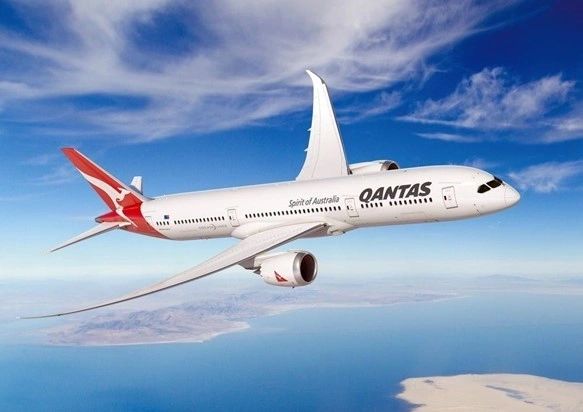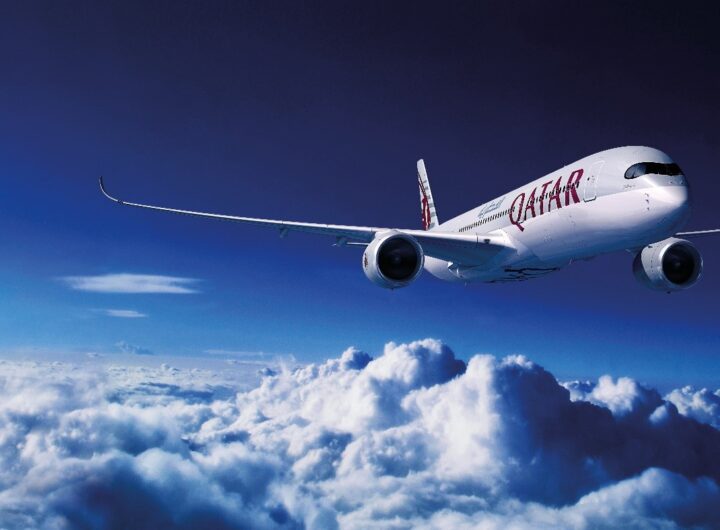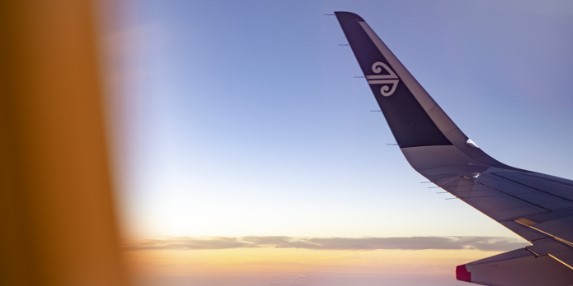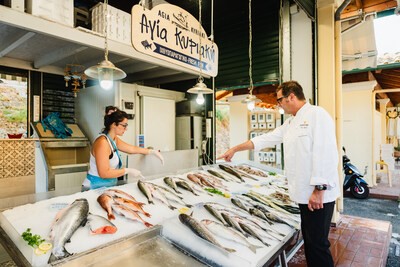
Photo credit: Qantas
Qantas has just released an ASX update, expecting an underlying profit before tax of $1.2 to $1.3 billion for the first half of the fiscal year 2023, based on current forwards bookings and fuel costs. Qantas has also announced a number of steps in response to the current high level of travel demand.
This follows five consecutive halves of significant losses owing to the pandemic, with statutory losses totalling $7 billion.
Strong travel demand has helped Qantas’ recovery, with nett debt forecast to decline to between $3.2 billion and $3.4 billion by December 31, 2022, well below the goal range of $3.9 billion.
Domestic travel demand continues to be robust across all categories, and yields from overseas markets are solid. Still, they are projected to drop as Qantas, and other carriers slowly add capacity.
The news comes as Qantas cabin crews prepare to strike, casting a large cloud over its customers’ summer holiday plans. The Flight Attendants Association of Australia (FAAA) announced that two groups of airline staff have filed applications for industrial action with the Fair Work Commission.
Qantas continues to invest in additional manpower, such as rostering extra crew and training new recruits. Over time, a conservative approach to scheduling keeps around 20% of capacity in reserve that may be called upon to decrease delays and cancellations.
A new wage policy will see annual pay increases adjusted upwards from 2% to 3%, automatically applying to about 5,000 employees who had already agreed to the 2% uplift. In contrast, about 3,600 employees who joined the Group after the retention program’s cut-off date in mid-2021 will now receive 250 share rights to recognise their role in the accelerated recovery.
CEO Alan Joyce said, “it’s been a really challenging time for the national carrier, but today’s announcement shows how far we’ve come”.
 Qatar Airways Resumes Flights To Malta: Enhancing International Connectivity
Qatar Airways Resumes Flights To Malta: Enhancing International Connectivity  From Vineyards to Coastlines: The Allure of Margaret River
From Vineyards to Coastlines: The Allure of Margaret River  Turkish Airlines Crowned Best Airline in Europe for the Tenth Time
Turkish Airlines Crowned Best Airline in Europe for the Tenth Time  A Trip to Christmas Island: Australia’s Hidden Oasis in the Indian Ocean
A Trip to Christmas Island: Australia’s Hidden Oasis in the Indian Ocean  Taking on the Tasman: Air New Zealand Unleashes 1.7 Million Seats for Summer
Taking on the Tasman: Air New Zealand Unleashes 1.7 Million Seats for Summer  Oman Air Elevates In-Flight Dining with Exquisite Omani Rock Rose Dessert
Oman Air Elevates In-Flight Dining with Exquisite Omani Rock Rose Dessert  Viking Cruises Unveils 14 New Ocean Itineraries for 2026 & 2027
Viking Cruises Unveils 14 New Ocean Itineraries for 2026 & 2027  Seabourn Elevates Onboard Dining with New Menus and Local Flavours
Seabourn Elevates Onboard Dining with New Menus and Local Flavours  Oceania Cruises Marks a New Era with the Construction of the First Sonata Class Ship
Oceania Cruises Marks a New Era with the Construction of the First Sonata Class Ship 